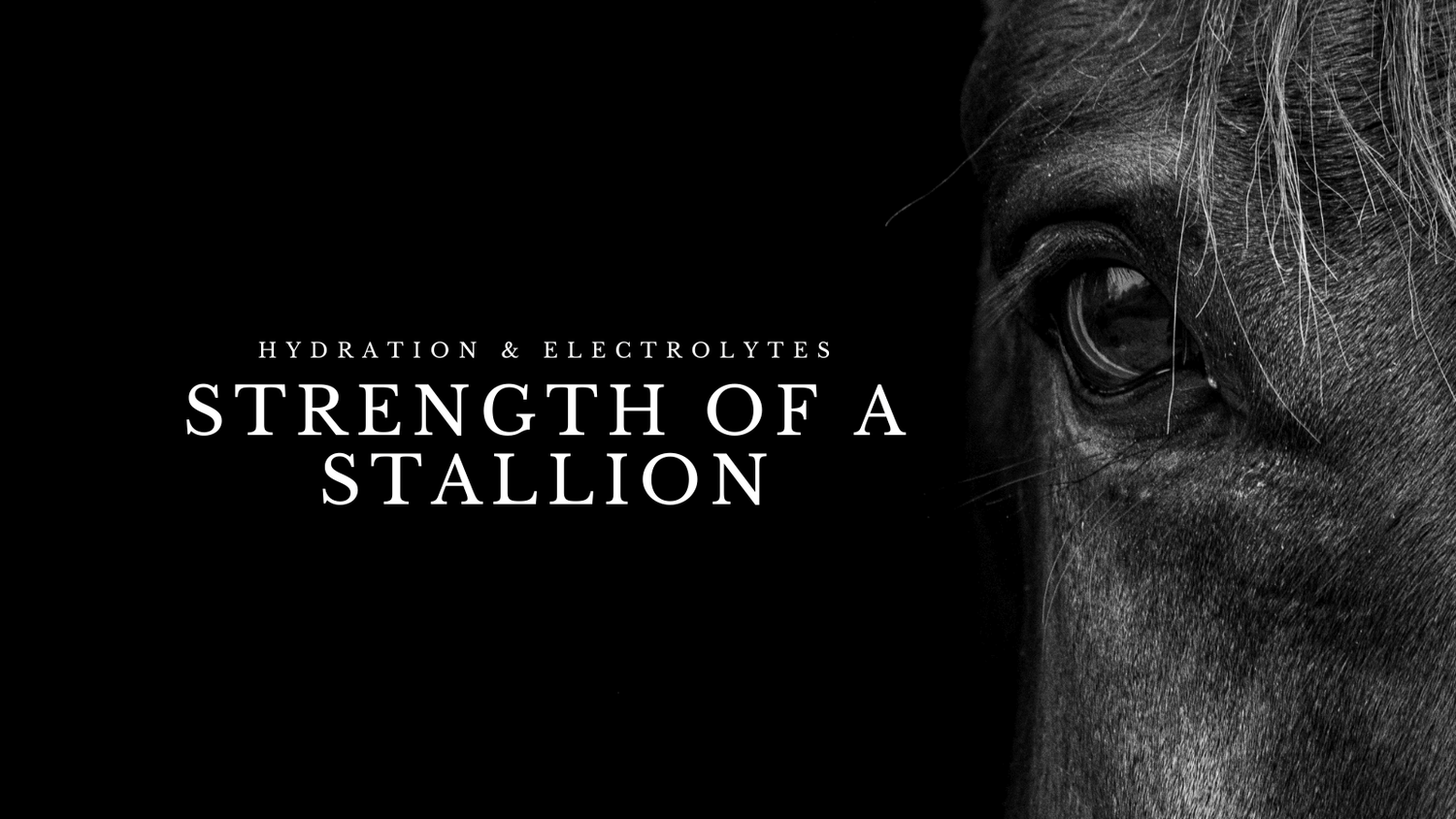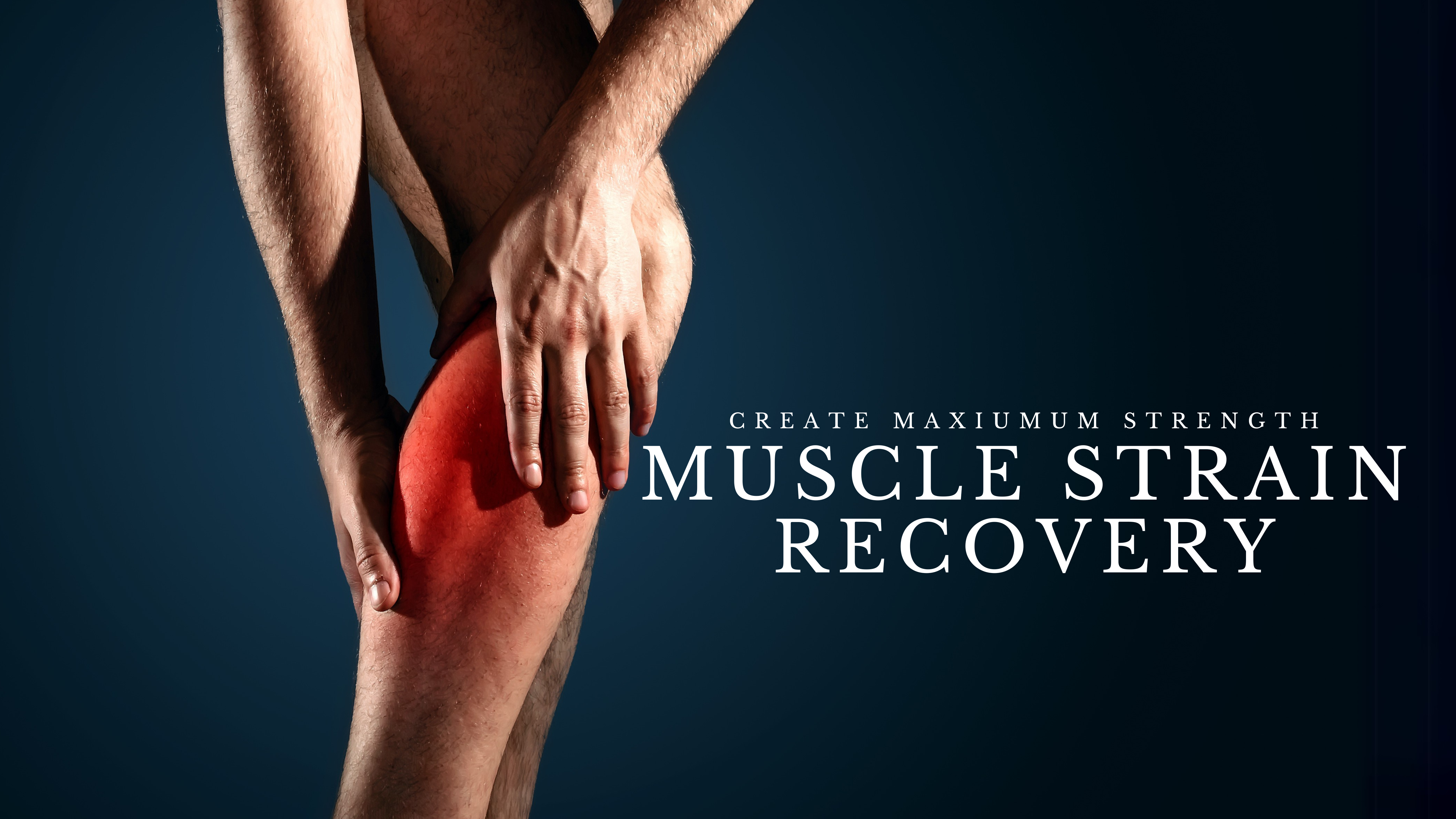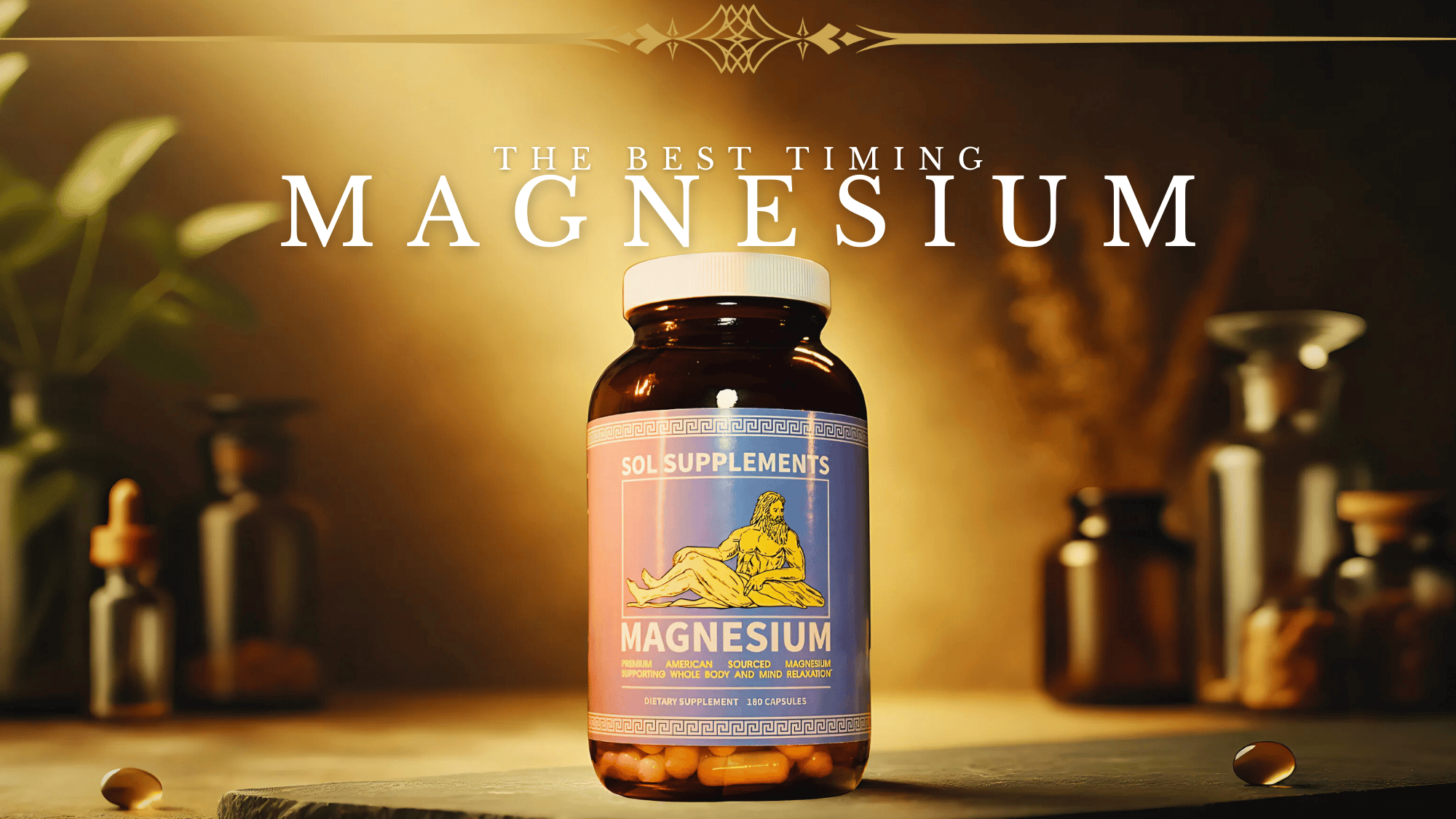The Rise of the Horse Electrolytes Meme
In the wild world of fitness and gym culture, it’s not uncommon for memes to become movements. Enter: horse electrolytes. What started as a tongue-in-cheek joke about buying farm-grade hydration powders to "horsemaxx" in the gym has taken off, fueled by viral posts and absurd claims of superhuman energy.
Before we go further, let me preface with this: Do not take any products designed for consumption by animals. While this blog explores the humor and science behind the meme, it’s important to prioritize safety and stick to products made specifically for humans.
One viral post declared: “Never buying Gatorade again. $5 bucket of horse electrolytes from Tractor Supply. Never getting hungover or iron deficient. My skin is tingling!”
While hilarious, this trend taps into an age-old fascination: the belief that consuming products made for animals might unlock their primal strength. The truth, however, is a bit less glamorous and more salty. Let’s break down the science, the meme, and why human-specific electrolytes are your best bet for peak performance.
Here's a video going in detail on the "Horsemaxxing" trend:
The Origins of Strength and Endurance: “Horsepower”
Before the age of steam engines, electricity, or gas motors, the horse was the cornerstone of human progress. These majestic creatures powered humanity’s wheels of innovation for millennia, so much so that our modern measurement of engine strength “horsepower” is named in their honor. This raw, natural power comes from a horse's incredible musculature.
Horses are synonymous with strength and endurance, but their massive muscles come with immense maintenance demands. Protein and carbohydrates fuel muscle growth and energy, but the often-overlooked heroes behind peak performance are electrolytes.
Essential for muscle contraction, nerve function, and hydration, electrolytes are key to maintaining the "horse-power" of both humans and animals. Let's explore the science behind muscle function and why incorporating electrolytes into your routine is crucial for optimal performance, so you can start horsemaxxing.
Enjoy this fun scene from the movie 'Ideocracy' talking about electrolytes:
Why “Human Electrolytes” Are Superior
Before we go deep into the science, let us quickly go over proper “human electrolytes.”
Instead of raiding the feed store, opt for electrolytes formulated specifically for human performance. Let’s just look at our Sol Salts Electrolyte Blend, for example: designed with precision to meet your body’s needs, it offers benefits that animal products (and many competitors we may have) simply can’t match.
- Perfect Balance for Humans: Sol Salts deliver the ideal ratio of sodium, potassium, and magnesium to optimize hydration and muscle function. This balance ensures peak performance without the risk of overloading on sodium, which is common in animal-specific products.
- Premium Quality and Purity: Sourced from natural deposits like Australian lakes and the Dead Sea, Sol Salts contain zero artificial ingredients, fillers, or preservatives. This guarantees clean, effective hydration without unnecessary additives.
- Hydration and Recovery: The balanced formula promotes effective hydration, supporting fluid movement inside and outside your cells. This prevents dehydration, muscle cramps, and fatigue during intense workouts.
- Electrolytes That Work Smarter: Sol Salts are crafted to maintain osmotic balance, allowing your cells to function efficiently. By addressing the exact needs of human physiology, they help sustain energy and nerve function for longer, more effective training sessions.
- Versatility: Simply add a pinch of Sol Salts to your water for instant hydration before, during, or after exercise. Unlike horse electrolytes, which are overly salty and designed for massive animals, Sol Salts provide a clean, mild flavor perfect for daily use.
When it comes to hydration and performance, why settle for something made for a 1,000-pound animal? Sol Salts Electrolytes are crafted to help you train smarter, recover faster, and unlock your full potential—all without the salty aftertaste.
How Do Muscles Contract?
Muscle function depends on a fine-tuned process involving protein fibers, energy molecules (ATP), and electrolytes. Here’s how it works:
- Protein Fibers in Action: Muscles contract when protein filaments (actin and myosin) interact. This interaction is powered by ATP, the body’s energy currency.
- Electrolyte-Driven Signals: Contractions begin when nerves send electrical signals. This process requires sodium (Na⁺) and calcium (Ca²⁺) ions to flow into muscle cells, creating the electrical impulse needed for movement.
- Hydration and Balance: Electrolytes like potassium (K⁺) and chloride (Cl⁻) maintain fluid balance, preventing cramps and ensuring efficient nerve signaling.
Without adequate electrolytes, your muscles can’t contract effectively, leading to fatigue, cramps, or worse.
Muscles rely on this finely tuned process every time they move, and any disruption in ATP production or electrolyte levels can compromise performance.
Adenosine Triphosphate (ATP): The Energy Behind Every Move
ATP is the fuel that powers every contraction, and it’s produced from glucose, a type of sugar found in carbohydrates. Here’s why it’s critical:
- Glucose for Fuel: Carbohydrates provide the glucose needed to produce ATP, making them essential for sustained muscle activity.
- Energy Conversion: During muscle contractions, ATP is broken down into ADP (adenosine diphosphate), releasing energy for movement. The body then recycles ADP back into ATP, ensuring a continuous supply of energy.
To keep your muscles functioning at their best, you need a steady supply of carbohydrates and efficient ATP production. However, ATP alone isn’t enough. Your nerves need electrolytes to send signals that trigger muscle contractions.
Nerve Signals: The Role of Electrolytes in Muscle Activation
Electrolytes are crucial for transmitting nerve signals that control muscle movement. Here’s how they work:
- Sodium and Calcium Influx: The process begins when neurotransmitters bind to receptors, allowing sodium (Na⁺) and calcium (Ca²⁺) to enter the cell. This influx shifts the resting membrane potential, creating the electrical signal needed for contraction.
- Balance and Precision: The precise levels of electrolytes ensure nerve signals are conducted efficiently, preventing misfires that could lead to muscle weakness or spasms.
Without adequate electrolytes, your body struggles to maintain these electrical signals, impacting both muscle function and overall performance.
Hydration: The Electrolyte Connection
For more in-depth information on what we’re about to introduce, go to Cleveland Clinic’s Blog on electrolytes.
Hydration isn’t just about drinking water—it’s about maintaining the right balance of fluids and electrolytes. Electrolytes are charged particles that help your body stay hydrated and functional.
- Fluid Balance: Electrolytes like sodium and potassium regulate the movement of fluids inside and outside your cells, ensuring they stay hydrated.
- Electrical Charges: The charges on electrolytes allow electrical currents to flow, supporting everything from muscle contraction to chemical reactions.
- Osmotic Balance: Proper electrolyte levels prevent dehydration by maintaining the correct amount of fluid within cells.
Neglecting electrolyte balance can lead to cramping, fatigue, and diminished physical performance, especially during intense activities.
Electrolytes are essential for hydration, muscle function, and overall health. Here’s an overview of the most important ones, their roles, and potential imbalances:
Sodium (Na⁺): Maintains fluid balance and supports nutrient absorption.
- Too much (Hypernatremia): Confusion, seizures, or loss of muscle control.
- Too little (Hyponatremia): Weak reflexes, nausea, and severe fatigue.
Potassium (K⁺): Works with sodium to regulate heart function and muscle movement.
- Too much (Hyperkalemia): Weakness, irregular heart rhythms, and kidney strain.
- Too little (Hypokalemia): Cramping, dizziness, and severe cardiac complications.
Magnesium (Mg²⁺): Converts nutrients into energy and supports muscle and brain health.
- Too much (Hypermagnesemia): Slowed reflexes and abnormal heart rhythms.
- Too little (Hypomagnesemia): Muscle twitching, irregular heartbeats, and fatigue.
Calcium (Ca²⁺): Supports muscle contractions, nerve signals, and heart rhythm.
- Too much (Hypercalcemia): Fatigue, kidney stones, and bone pain.
- Too little (Hypocalcemia): Muscle spasms, twitching, and difficulty breathing.
Electrolyte imbalances can disrupt critical body functions, highlighting the importance of maintaining optimal levels for peak performance and recovery.
Unleash Your Inner “Horsepower”
Like the horses that powered humanity for centuries, your body relies on the right balance of electrolytes to perform at its peak.
While the horse electrolyte meme is a fun ride, real results come from products designed for human performance. Stick to what works, stay hydrated, and fuel your workouts with precision.
So, skip the feed store, leave the memes for laughs, and elevate your game with science-backed choices. Your gains and taste buds will thank you.




Leave a comment
All comments are moderated before being published.
This site is protected by hCaptcha and the hCaptcha Privacy Policy and Terms of Service apply.